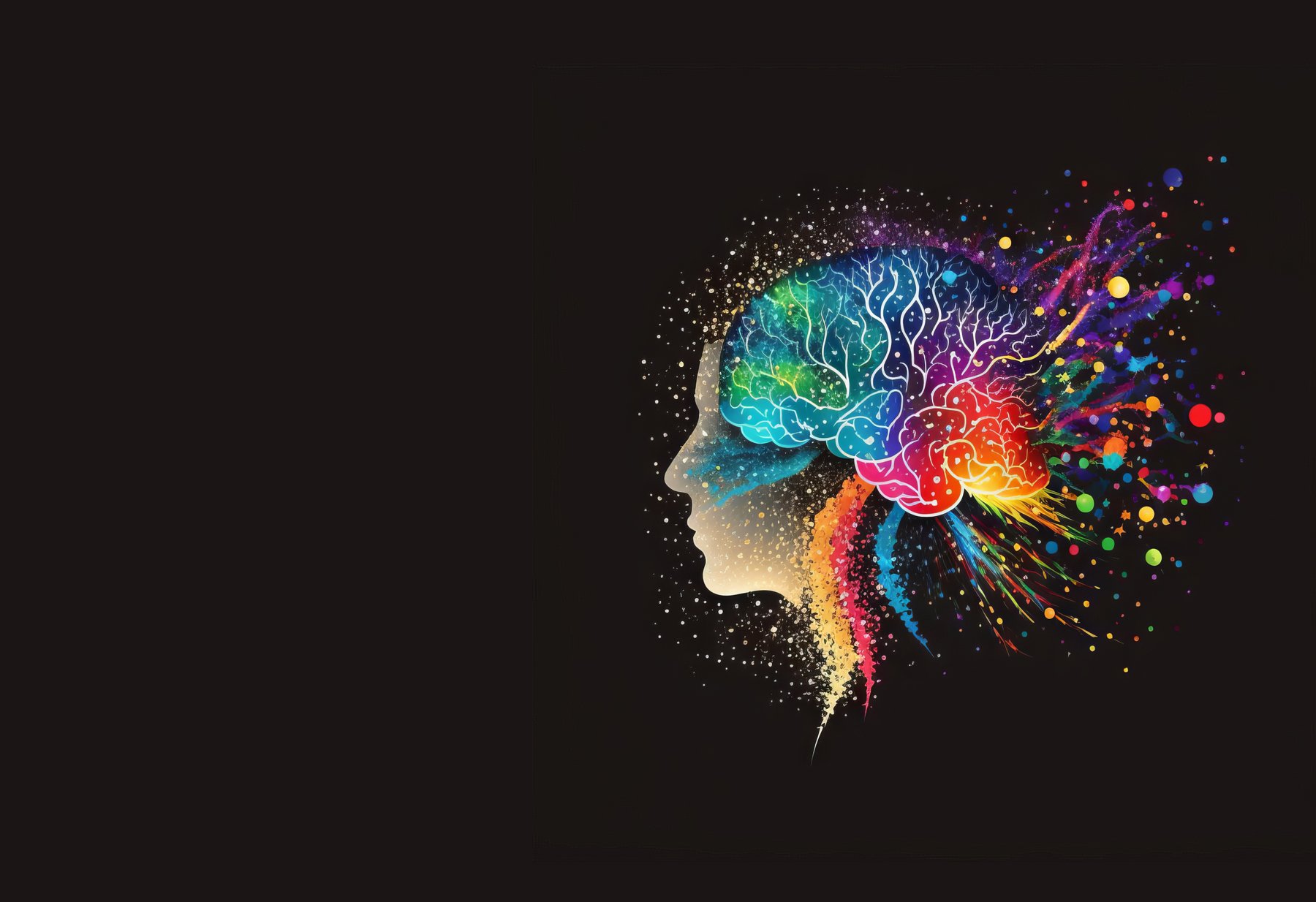First of all,
Acute pain is a frequent, transient feeling that is an important warning indicator of possible or actual tissue damage. Acute pain usually occurs rapidly in response to an injury, disease, or surgery and goes away after the underlying cause is addressed or healed, in contrast to chronic pain, which lasts for a long time. Effective management and reduction of acute pain require knowledge of its causes, symptoms, and remedies. This article will examine the characteristics of acute pain, its underlying causes, typical symptoms, and accessible treatments. It will offer insightful information to both patients and healthcare professionals who manage acute pain.
Acute Pain’s Nature:
Acute pain is a defensive and adaptive reaction to damaging stimuli that causes the nervous system’s nociceptive pathways to become active. It acts as a warning sign to notify people of possible harm or danger and to incite preventive actions to stop additional damage. Acute discomfort usually subsides quickly if the underlying cause is addressed or healed. Depending on the location and extent of the injury or disease, it may appear as a dull, stabbing, throbbing, or severe pain that is either localized or diffuse. Acute pain is an essential component of the body’s defense mechanisms and is normal. It is also essential for survival.
Acute Pain Causes:
Numerous underlying factors, such as physical trauma, surgical operations, illnesses, and inflammatory reactions, can result in acute pain. Acute pain is frequently caused by surgical procedures like appendectomy, tooth extraction, and joint replacement, as well as traumas like fractures, sprains, strains, and contusions. Acute pain can also be brought on by illnesses including infections, acute inflammation (such as pancreatitis, appendicitis), and visceral organ dysfunction (such as kidney stones, gallbladder attacks). For effective management and treatment of acute pain, the underlying cause must be found.
Signs of Severe Pain:
The location, severity, and underlying cause of an injury or sickness all affect how acute pain manifests. Common signs and symptoms at the site of injury or inflammation include warmth, redness, swelling, soreness, and localized or generalized pain. Acute pain can be made worse by pressure, movement, or touch. It can also be accompanied by other symptoms including chills, fever, nausea, vomiting, and malaise. The degree of tissue damage, the efficacy of treatment, and individual factors like pain threshold and psychological condition can all affect how intense and long acute pain lasts.
Acute Pain Management Options:
The goals of treating acute pain include symptom relief, accelerated healing, and addressing the underlying cause using a mix of non-pharmacological and pharmaceutical treatments. Over-the-counter medicines like acetaminophen, topical analgesics, or nonsteroidal anti-inflammatory drugs (NSAIDs) can be used as pharmacological treatments to lessen pain and inflammation. When treating severe or unresponsive pain, doctors may give prescription drugs such muscle relaxants or opioid analgesics. However, because of the potential for tolerance, dependency, and side effects, these drugs are usually only used temporarily.
Acute Pain Diagnosis:
A thorough medical history, physical examination, and diagnostic workup are necessary to diagnose acute pain in order to determine the underlying cause and describe the type and intensity of symptoms. Imaging tests like X-rays, ultrasounds, CT scans, or MRIs can be carried out by medical professionals to assess the degree of tissue damage or spot structural irregularities. To look for indications of infection, inflammation, or organ malfunction, laboratory procedures such blood tests, urine, or cultures may be performed. To gather further data and explain therapy choices, diagnostic procedures such joint aspiration, endoscopy, or biopsy may be used.
Non-Medicinal Methods of Pain Management:
In addition to pharmacological treatments, non-pharmacological methods of pain management can improve the general health of people experiencing acute pain. Physical treatments including rest, ice, compression, and elevation (RICE) can lessen pain, edema, and inflammation brought on by musculoskeletal disorders or acute injuries. Acupuncture, massage, heat treatment, and transcutaneous electrical nerve stimulation (TENS) can all help reduce pain and encourage healing and relaxation. Psychological interventions can help people manage their pain and lessen their worry and suffering. Examples of these interventions include guided imagery, relaxation techniques, and distraction strategies.
Prognosis and Acute Pain Recovery:
The underlying cause, the degree of tissue damage, the efficacy of treatment, and individual factors like age, general health, and pain threshold all affect the prognosis and recovery from acute pain. Acute pain frequently goes away on its own or with the right care in a few days or weeks, enabling people to resume their regular activities. However, in certain situations, if the underlying cause is not sufficiently addressed or if treatment is not received, acute pain may continue or develop into chronic pain. To maximize results and avoid complications, early intervention and thorough treatment are crucial.
In summary
Acute pain functions as the body’s protective warning signal and is a normal, adaptive reaction to disease, trauma, or surgery. For acute pain to be effectively managed and relieved, one must be aware of its causes, symptoms, and available treatment choices. Health care professionals can assist patients in recovering from acute pain and getting back to their regular activities by determining the underlying cause, treating symptoms, and administering the proper medication. Acute pain can be effectively managed to help people regain their health and well-being with timely diagnosis, comprehensive care, and intervention.





